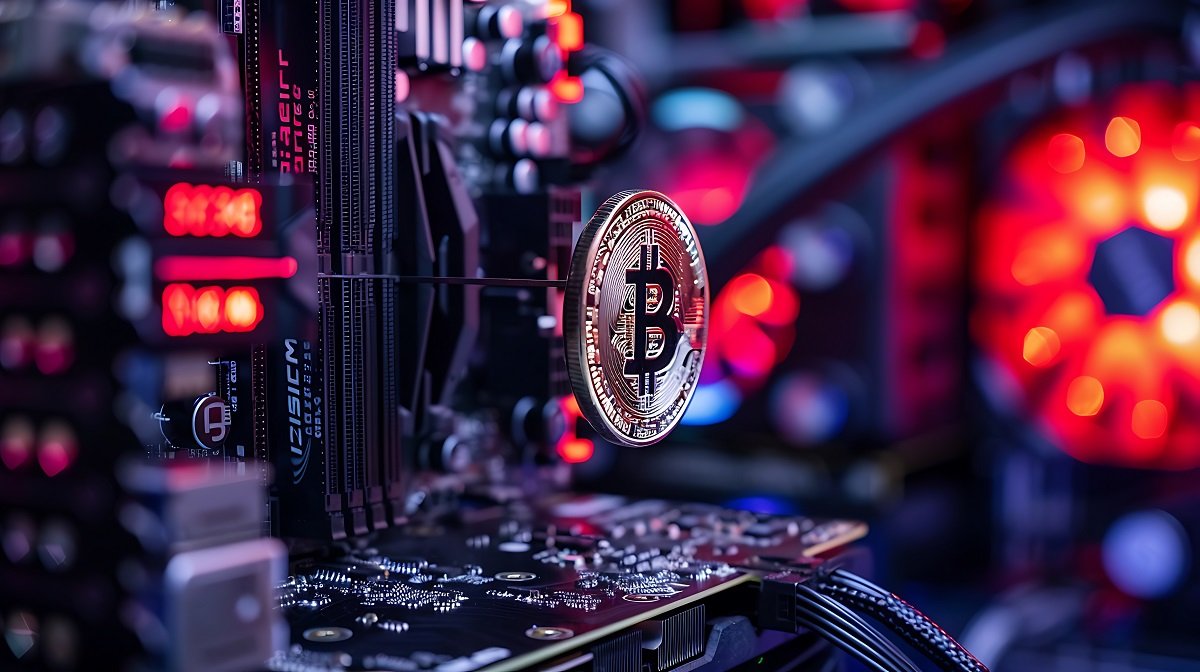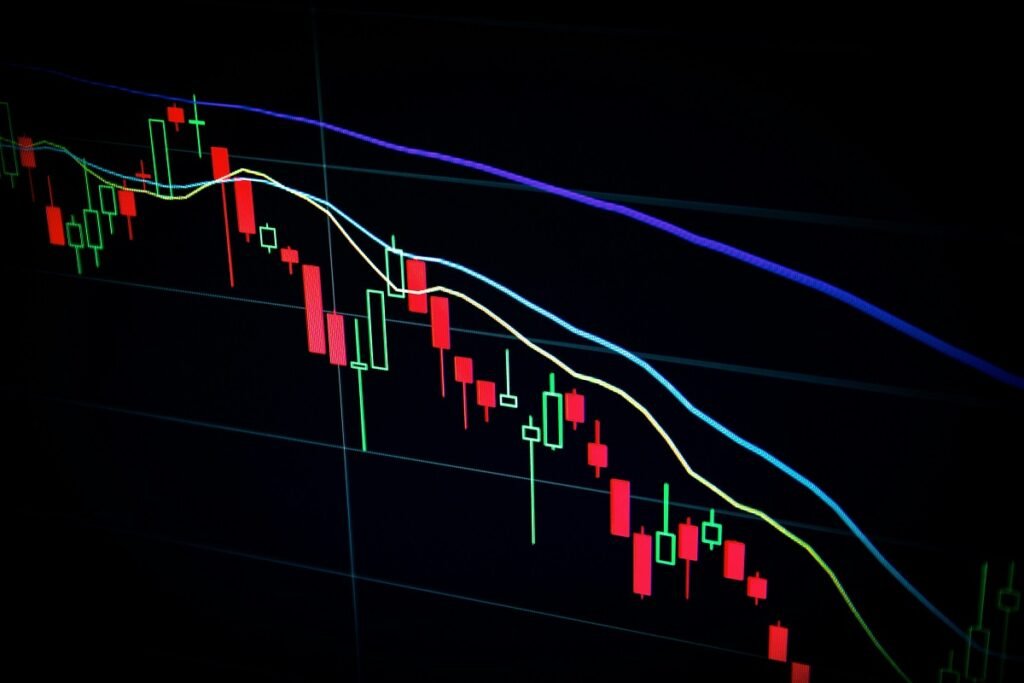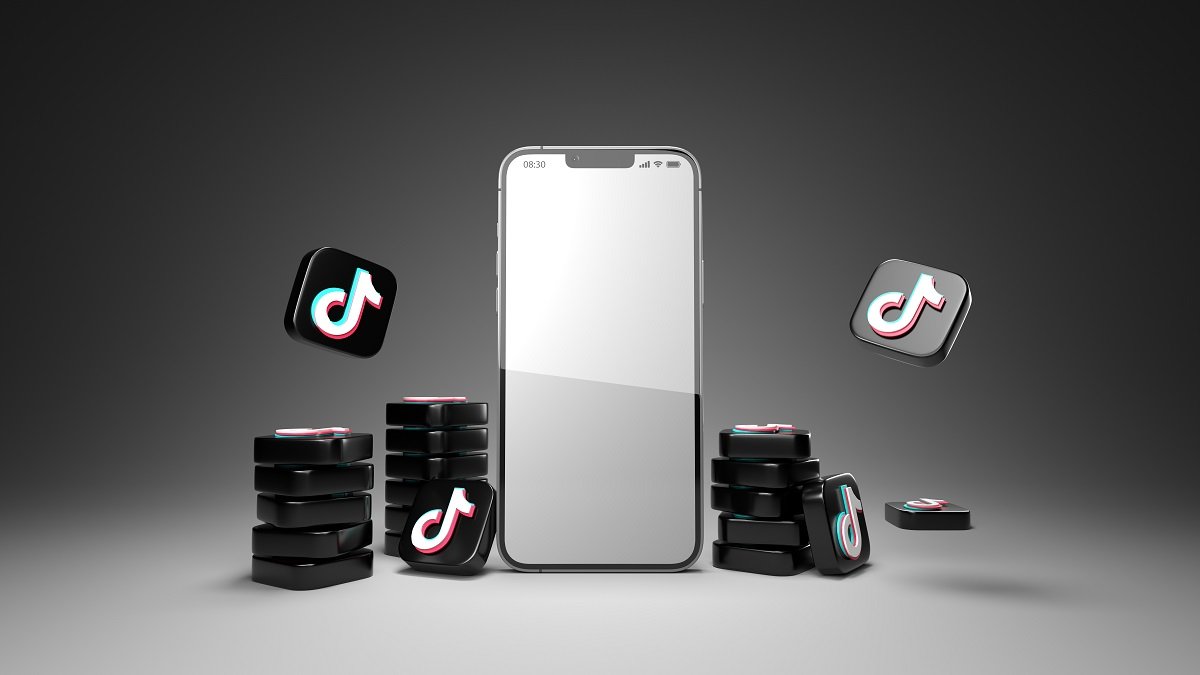
Crypto Mining Explained: Everything You Need to Know About Mining in 2024
- James Jeorge
- September 24, 2024
- BitCoin
- Crypto Mining
- 0 Comments
Cryptocurrency mining has evolved significantly, and 2024 is no exception. As the blockchain ecosystem grows, so does the complexity and accessibility of mining operations. Whether you’re looking to mine on your laptop or considering a large-scale data center, understanding the nuances of crypto mining is essential. This comprehensive guide will walk you through everything you need to know about crypto mining in 2024, covering different mining methods, setups, and the best equipment and strategies for success.
Understanding Crypto Mining in 2024: What It Is and How It Works
1.1 What is Crypto Mining?
Crypto mining is validating transactions and adding them to the blockchain ledger. This validation is crucial for the network’s security and involves solving complex mathematical problems. When miners successfully solve these problems, they are rewarded with new cryptocurrency coins, making mining a potential source of Profit. In 2024, mining remains a popular way to earn cryptocurrencies like Bitcoin, Ethereum, and others, but it requires significant computational power and energy.
1.2 The Evolution of Mining: From CPUs to ASICs
Crypto mining began with CPUs (Central Processing Units) when Bitcoin was first introduced. However, as the network grew, miners switched to more powerful GPUs (Graphics Processing Units). Today, most serious miners use ASICs (Application-Specific Integrated Circuits), specialized hardware designed specifically for mining. Each evolution brought increased efficiency and power, higher costs, and more complex setups.
1.3 The Role of Mining in the Crypto Ecosystem
Mining is more than just a way to earn cryptocurrency; it’s an integral part of blockchain technology. Miners validate and secure transactions, preventing double-spending and ensuring the integrity of the blockchain. Without miners, the entire decentralized system would be vulnerable to attacks and manipulation. As such, mining continues to be a fundamental component of the crypto ecosystem in 2024.
Types of Crypto Mining: Choosing the Right Method
2.1 Proof-of-Work (PoW) Mining
Proof-of-work (PoW) is the original mining model used by Bitcoin and many other cryptocurrencies. In PoW, miners compete to solve cryptographic puzzles, and the first to solve one gets to add a new block to the blockchain and earn the reward. PoW is highly secure but energy-intensive, requiring substantial investment in hardware and electricity.
2.2 Proof-of-Stake (PoS) Mining
Proof-of-Stake is an alternative to PoW that uses significantly less energy. Instead of solving puzzles, validators (or “miners”) are chosen based on the number of coins they hold and are willing to “stake” as collateral. PoS has gained popularity as an environmentally friendly alternative, and many new cryptocurrencies, like Ethereum 2.0, have adopted this model.
2.3 Cloud Mining and Pool Mining
Cloud mining allows users to rent mining power from a provider without owning hardware. It’s a low-barrier entry point for beginners but comes with risks, such as scams and lower returns. On the other hand, pool mining involves joining a group of miners who combine their computational resources to increase their chances of earning rewards. Both methods are popular among those looking to get involved in mining without significant upfront costs.
Best Crypto Mining Setups for Home Use in 2024
3.1 Crypto Mining on Your Laptop: Is It Feasible?
Mining on a laptop was once feasible but is now highly inefficient for most cryptocurrencies due to the high computational power required. However, some altcoins with lower difficulty levels can still be mined on laptops. Users can use free mining software like Honeyminer or NiceHash to mine various altcoins without investing in expensive hardware. Monitoring temperature and hardware stress is crucial, as constant mining can degrade laptop components.
3.2 Building a Basement Mining Setup: What You Need to Know
A basement mining setup offers the space and cooling necessary for practical mining. You’ll need a powerful GPU or ASIC miners, a stable internet connection, proper ventilation, and adequate electrical infrastructure to set up a mining rig. Overclocking your GPUs and managing heat is critical for maximizing efficiency and lifespan. Additionally, consider soundproofing if noise is an issue, as mining rigs can be loud.
3.3 The Best Crypto Miners for Home Use in 2024
For home use, consider ASIC miners like the Bitmain Antminer S19 Pro for Bitcoin or the Innosilicon A10 Pro for Ethereum. These devices offer high hash rates and are optimized for their respective algorithms. If you prefer GPU mining, the NVIDIA RTX 3080 or AMD RX 6800 XT are top choices for their performance and power consumption balance. Consider your local electricity costs and the miner’s efficiency to calculate potential profitability.

The Rise of Crypto Mining Data Centers
4.1 What are Crypto Mining Data Centers?
Crypto mining data centers are facilities dedicated to mining on an industrial scale. These centers house thousands of ASICs or GPUs, efficiently providing massive computational power to mine cryptocurrencies. Located in regions with low electricity costs, such as Iceland or Siberia, these centers are becoming the backbone of the crypto-mining industry in 2024.
4.2 Benefits of Using a Mining Data Center
Data centers offer several advantages over home mining setups, including better cooling, lower electricity rates, and access to professional maintenance. They also benefit from economies of scale, which can significantly reduce operational costs. Data centers provide a more secure and reliable mining environment for investors with substantial capital than home-based setups.
4.3 Setting Up Your Own Mining Data Center
Setting up a mining data center requires a substantial investment in hardware, real estate, and infrastructure. Consider factors like power supply, cooling systems, and security. It’s also essential to stay compliant with local regulations and environmental standards. Partnering with experienced professionals can help navigate these complexities and optimize your data center for maximum profitability.
Crypto Mining on Mobile Devices: A Growing Trend
5.1 Can You Mine Crypto on Your Phone?
Yes, but with limitations. Mobile mining apps like MinerGate and CryptoTab Browser allow users to mine using their phone’s CPU. However, a phone’s computational power is minimal compared to dedicated mining rigs, making the returns negligible. Additionally, mobile mining can drain battery life and generate excessive heat, potentially damaging the device.
5.2 Best Practices for Mobile Mining
If you decide to mine on your phone, start with low-difficulty coins like Electroneum or Monero. Use a phone with a powerful processor and ensure adequate cooling to prevent overheating. Constantly monitor your phone’s performance and avoid mining for extended periods. Mobile mining is best viewed as a novelty or a way to passively earn small amounts of crypto rather than a severe profit-making venture.
5.3 The Future of Mobile Mining
While mobile mining may never compete with traditional setups in terms of profitability, it’s an exciting development for increasing crypto adoption. As mobile hardware improves, we may see more efficient mining apps and possibly even integration with other mobile services. For now, it remains a niche activity that highlights the crypto community’s innovative spirit.
Mining in the Virtual World: Crypto Mining in Minecraft
6.1 What is Crypto Mining in Minecraft?
Crypto mining in Minecraft is an innovative concept where players use in-game mechanisms to simulate real-world mining. Some servers allow users to connect their in-game actions to actual mining rigs, earning cryptocurrency as they play. This gamified approach combines entertainment with the opportunity to earn crypto, making it accessible to a broader audience.
6.2 Setting Up a Mining Operation in Minecraft
To set up a mining operation in Minecraft, you’ll need to join a server that supports crypto mining, such as the PlayMC server. Once connected, you can build your in-game mining infrastructure, mirroring real-world setups. These servers often have tutorials and communities to help new players get started. It’s a unique way to learn about mining while enjoying the game.
6.3 Pros and Cons of Crypto Mining in Minecraft
The main advantage is the educational and entertainment value. It’s a fun way to introduce newcomers to the concepts of mining and blockchain. However, the actual returns are minimal and are not a substitute for traditional mining methods. Additionally, not all servers are secure, so it’s essential to do your research before investing time and resources.

Choosing the Best Cryptocurrencies to Mine in 2024
7.1 Bitcoin: The King of Mining
Bitcoin remains the most popular and profitable cryptocurrency to mine, but the competition is fierce. With its high difficulty level and specialized hardware requirements, only those with significant resources can expect substantial returns. However, Bitcoin’s high value and widespread adoption make it a prime choice for serious miners.
7.2 Ethereum and Altcoins: Opportunities for Smaller Miners
Despite transitioning to Proof-of-Stake, Ethereum still offers mining opportunities through ETH Classic and other altcoins. Coins like Ravencoin, Litecoin, and Monero are popular among smaller miners due to their lower difficulty levels and diverse use cases. Researching each coin’s profitability and community support is crucial before committing resources.
7.3 Emerging Cryptocurrencies to Watch
New cryptocurrencies are constantly emerging, offering unique mining opportunities. In 2024, keep an eye on coins emphasizing privacy, scalability, and environmental sustainability. Projects like Chia, which uses hard drive space instead of computational power, or coins focused on DeFi and Web3 applications may offer profitable mining prospects as they gain traction.
Profitability of Crypto Mining in 2024: What to Expect
8.1 Calculating Mining Profitability
Mining profitability depends on several factors, including the cryptocurrency’s market value, mining difficulty, and electricity costs. Tools like WhatToMine can help estimate potential profits by factoring in these variables. Monitoring market conditions and adjusting your mining strategy accordingly is essential.
8.2 The Impact of Electricity Costs
Electricity is often the most significant expense for miners. Profitability can be significantly reduced or negated in regions with high energy costs. Opting for energy-efficient hardware, utilizing renewable energy sources, or mining in locations with cheaper electricity rates can help improve your bottom line.
8.3 Strategies for Maximizing Profit
To maximize profitability, consider joining a mining pool, which combines resources with other miners to increase the chances of earning rewards. Regularly update your hardware and software to stay competitive and avoid downtime. Additionally, keep an eye on market trends and be ready to switch to more profitable coins as needed.
Legal and Environmental Considerations for Crypto Mining
9.1 Legal Regulations Around Crypto Mining
Regulations vary by country and can impact the legality and profitability of mining operations. Some governments have banned mining due to its energy consumption, while others encourage it through tax incentives. Staying compliant with local laws is crucial to avoid penalties and ensure the long-term viability of your mining activities.
9.2 Environmental Impact of Crypto Mining
Crypto mining, particularly Bitcoin mining, which consumes vast amounts of electricity, has been criticized for its environmental impact. Many miners turn to renewable energy sources like solar and wind to power their operations. Initiatives like the Bitcoin Mining Council aim to increase transparency and promote sustainable practices in the industry.
9.3 Sustainable Mining Practices
Sustainable mining involves using energy-efficient hardware, optimizing operations to reduce waste, and utilizing renewable energy sources. As the industry faces increasing scrutiny, adopting sustainable practices can improve public perception and reduce operational costs. Miners who prioritize sustainability may also benefit from government incentives and partnerships.
The Future of Crypto Mining: Trends to Watch in 2024 and Beyond
10.1 Advances in Mining Hardware
Expect continued innovation in mining hardware, with new ASICs and GPUs offering higher efficiency and performance. Quantum computing is another area to watch, as it has the potential to revolutionize the industry by solving complex problems at unprecedented speeds.
10.2 The Shift Towards Decentralized Mining
As the mining industry consolidates, there’s a growing push towards decentralization. Projects like Helium and Filecoin use a decentralized model where users contribute to the network by sharing bandwidth or storage in exchange for tokens. These models offer new opportunities for small-scale miners and contribute to a more resilient network.
10.3 Integration with Other Technologies
Blockchain technology increasingly intersects with AI, IoT, and other emerging technologies. Future mining operations may leverage these technologies for enhanced efficiency and scalability. For example, AI can optimize mining algorithms, while IoT devices can monitor and manage hardware in real time.
Conclusion
Crypto mining in 2024 offers diverse opportunities and challenges, from individual laptop mining to large-scale data centers. Understanding the different mining methods, best practices, and emerging trends is crucial for anyone looking to succeed in this dynamic field. Whether mining for Profit, supporting the blockchain ecosystem, or exploring new technologies, staying informed and adaptable as the industry evolves is critical.
Read This Article: Top 10 CFD Brokers for 2024




